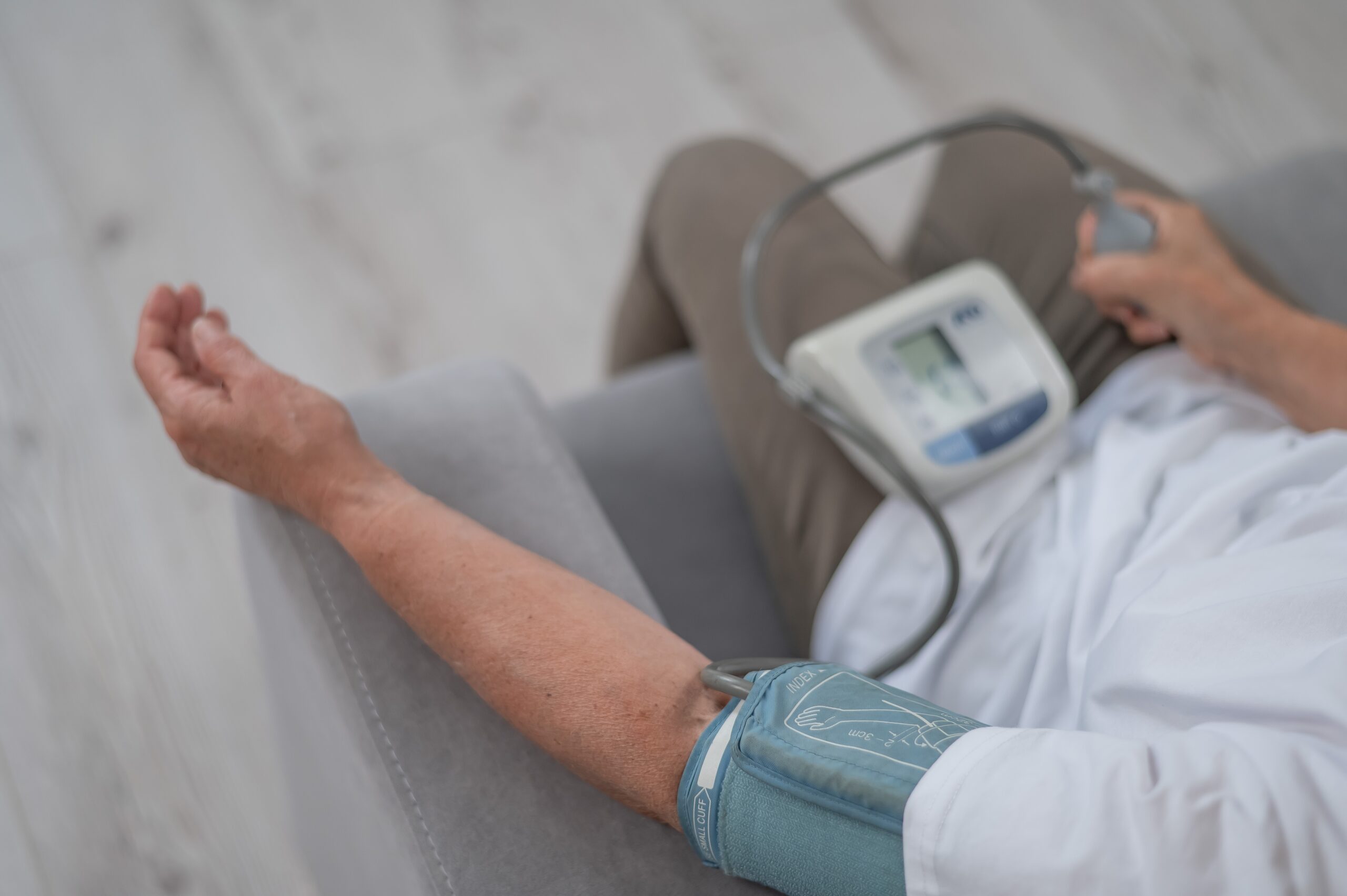High blood pressure quietly affects nearly half of U.S. adults, yet only a quarter manage to keep it under control, signaling a critical public health issue.
Story Overview
- Hypertension impacts 48% of U.S. adults, yet control remains elusive for many.
- The 2017 guidelines lowered hypertension thresholds, but awareness is still limited.
- New national strategies aim to bridge the gap between prevalence and control.
- Updated guidelines emphasize prevention, early treatment, and team-based care.
The Silent Epidemic of Hypertension
Hypertension, often dubbed the “silent killer,” affects nearly half of U.S. adults. Despite its prevalence, only about one in four individuals with high blood pressure have it under control. This condition significantly contributes to cardiovascular disease and preventable deaths. The 2017 guidelines by the ACC/AHA lowered the diagnostic threshold to 130/80 mm Hg, yet public awareness of these new benchmarks remains low, contributing to the underdiagnosis and undertreatment of this condition.
Efforts to combat hypertension have long been underway, but the condition continues to rise, exacerbated by factors like obesity, sedentary lifestyles, and high sodium intake. The COVID-19 pandemic further disrupted routine care, impacting hypertension management. Despite public health campaigns and clinical guidelines, control rates have stagnated, highlighting the need for more effective strategies and interventions to manage this pervasive condition.
National Initiatives and Updated Guidelines
In response to the growing hypertension crisis, the CDC Foundation announced a National Hypertension Control Program in August 2025. This initiative focuses on raising awareness, enhancing community outreach, and creating strong clinician-community linkages. The program aims to improve screening and diagnosis rates and ensure that individuals with hypertension receive appropriate treatment and follow-up care.
Alongside this, new guidelines released in 2025 emphasize prevention, early treatment, and team-based care. These guidelines highlight the importance of accurate blood pressure measurement, standardized treatment protocols, and a collaborative approach to care involving healthcare providers, patients, and community resources. The goal is not only to improve control rates but also to reduce the incidence of related complications such as heart disease and stroke.
Challenges and Opportunities
Despite these initiatives, significant challenges remain. Hypertension disproportionately affects older adults, Black Americans, and those with lower socioeconomic status, many of whom have limited access to healthcare resources. Addressing these disparities requires targeted efforts, including community-based interventions and strategies to increase healthcare access and affordability for underserved populations.
The economic and social impacts of uncontrolled hypertension are profound, driving up healthcare costs and reflecting broader social determinants of health. Successful national programs could influence policy, insurance coverage, and resource allocation, ultimately leading to better health outcomes and reduced healthcare spending.
Expert Insights and Future Directions
Experts emphasize the need for improved public education and early detection. They advocate for adherence to evidence-based treatment and the importance of team-based care in managing hypertension effectively. Knowledge gaps among the public remain a significant barrier to effective prevention and management, underscoring the need for ongoing education and outreach efforts.
As debate continues over optimal treatment thresholds and targets, especially for specific populations, the importance of personalized care becomes evident. The 2025 guidelines aim to provide a more nuanced approach, taking into account the diverse needs and circumstances of individuals affected by hypertension. Moving forward, sustained investment and collaboration across sectors will be crucial in tackling this silent epidemic and improving health outcomes across the nation.
Sources:








